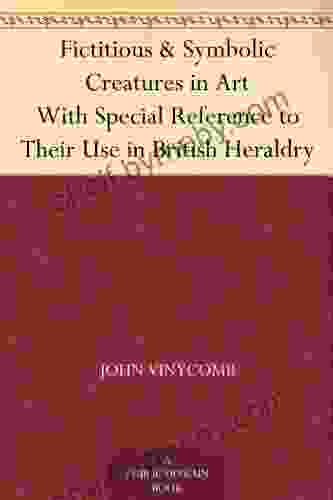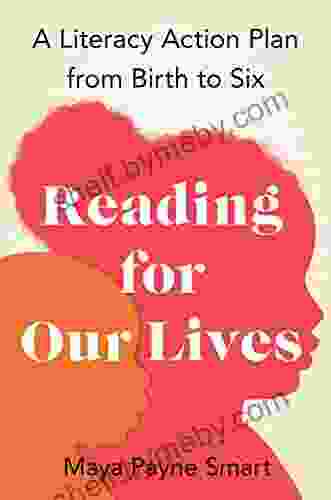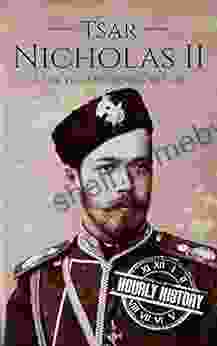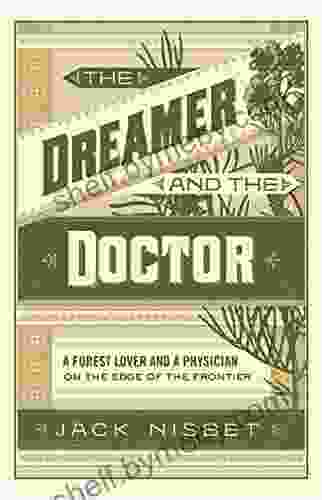Fictitious Symbolic Creatures In Art With Special Reference To Their Use In British Heraldry

Fictitious Symbolic Creatures in Art: Exploring Their Profound Impact
Throughout the annals of human history, art has served as a powerful medium for expressing our deepest thoughts, emotions, and beliefs. Artists have long depicted fictitious symbolic creatures to convey profound messages, evoke imagination, and explore the complexities of the human experience. This article delves into the fascinating world of fictitious symbolic creatures, examining their significance in art and shedding light on their profound impact. From ancient myths to contemporary masterpieces, these enigmatic creatures have captivated hearts and minds, leaving an enduring legacy in the tapestry of artistic expression.
Ancient Origins and Mythological Inspirations
The roots of fictitious symbolic creatures can be traced back to the earliest civilizations. Ancient cultures around the world created elaborate myths and legends involving fantastical beings that embodied natural forces, represented deities, or served as guardians and messengers. In Egypt, the enigmatic Sphinx, with its human head and lion's body, symbolized kingship, strength, and wisdom. The winged griffin, featured prominently in Greek mythology, was a hybrid creature combining the majesty of an eagle with the power of a lion, representing strength, speed, and vigilance.
4.2 out of 5
| Language | : | English |
| File size | : | 380 KB |
| Text-to-Speech | : | Enabled |
| Screen Reader | : | Supported |
| Enhanced typesetting | : | Enabled |
| Word Wise | : | Enabled |
| Print length | : | 293 pages |
| Lending | : | Enabled |
Medieval Symbolism and Religious Allegory
During the Middle Ages, fictitious symbolic creatures flourished in religious art, particularly in illuminated manuscripts and cathedral sculptures. The bestiaries, popular encyclopedias of animals, contained detailed descriptions of real and imagined creatures, each assigned allegorical meanings related to Christian beliefs. The unicorn, for example, became a symbol of purity and virginity, often depicted accompanying the Virgin Mary. Dragons, on the other hand, represented evil and temptation, frequently depicted as fierce opponents of saints and heroes.
Renaissance and Baroque Flourishes
The Renaissance and Baroque periods witnessed a renewed interest in classical mythology and a fascination with the grotesque and fantastic. Fictitious symbolic creatures became integral to decorative arts, architecture, and painting. In the works of artists like Hieronymus Bosch and Pieter Bruegel, these creatures embodied the complexities of human nature, reflecting the turmoil and uncertainty of the times. The grotesque hybrid figures, with their exaggerated features and distorted bodies, served as cautionary tales and symbols of the irrational and unpredictable aspects of existence.
Modernist Explorations and Surrealist Dreamscapes
The arrival of modernism and surrealism brought forth a radical departure from traditional depictions of fictitious symbolic creatures. Artists like Marc Chagall and Salvador Dalí embraced the power of the subconscious, creating dreamlike and fantastical worlds inhabited by otherworldly beings. Chagall's floating figures defy gravity, while Dalí's melting clocks and enigmatic elephants invite viewers to explore the realms of the irrational and the absurd. These creatures became manifestations of the artists' inner struggles, dreams, and desires.
Contemporary Interpretations and Cultural Impact
In contemporary art, fictitious symbolic creatures continue to inspire and challenge artists across diverse mediums. From the whimsical graffiti art of Keith Haring to the haunting sculptures of Louise Bourgeois, these creatures have become vehicles for social commentary, political satire, and personal expression. In literature, fantasy and science fiction genres thrive on creating imaginative worlds filled with unique and compelling creatures, captivating readers with their richness and depth. The impact of fictitious symbolic creatures extends beyond the realm of art, influencing film, animation, and video games, shaping the collective imagination and fostering a sense of wonder and enchantment.
Fictitious symbolic creatures have permeated the history of art, serving as powerful tools for storytelling, evoking emotions, and exploring the complexities of human existence. From ancient myths to contemporary masterpieces, these enigmatic beings have fascinated and inspired generations of artists and viewers alike. Their enduring legacy lies in their ability to transcend boundaries, connect with our subconscious, and ignite our imagination. Through their symbolic power and artistic brilliance, fictitious symbolic creatures continue to enrich our understanding of ourselves and the world around us, leaving an indelible mark on the human experience.
4.2 out of 5
| Language | : | English |
| File size | : | 380 KB |
| Text-to-Speech | : | Enabled |
| Screen Reader | : | Supported |
| Enhanced typesetting | : | Enabled |
| Word Wise | : | Enabled |
| Print length | : | 293 pages |
| Lending | : | Enabled |
Do you want to contribute by writing guest posts on this blog?
Please contact us and send us a resume of previous articles that you have written.
 Book
Book Novel
Novel Page
Page Chapter
Chapter Text
Text Story
Story Genre
Genre Reader
Reader Library
Library Paperback
Paperback E-book
E-book Magazine
Magazine Newspaper
Newspaper Paragraph
Paragraph Sentence
Sentence Bookmark
Bookmark Shelf
Shelf Glossary
Glossary Bibliography
Bibliography Foreword
Foreword Preface
Preface Synopsis
Synopsis Annotation
Annotation Footnote
Footnote Manuscript
Manuscript Scroll
Scroll Codex
Codex Tome
Tome Bestseller
Bestseller Classics
Classics Library card
Library card Narrative
Narrative Biography
Biography Autobiography
Autobiography Memoir
Memoir Reference
Reference Encyclopedia
Encyclopedia Iliana Regan
Iliana Regan Howard Zehr
Howard Zehr Livingston Hopkins
Livingston Hopkins Idan Ravin
Idan Ravin Herman Lehmann
Herman Lehmann Inc Foxfire Fund
Inc Foxfire Fund Ingrid Fetell Lee
Ingrid Fetell Lee Patricia E Sandoval
Patricia E Sandoval Hirokazu Miyazaki
Hirokazu Miyazaki Humberto G Garcia
Humberto G Garcia Hossein Amerkashi
Hossein Amerkashi Howard W French
Howard W French Karen Frost
Karen Frost Heidi Smith Hyde
Heidi Smith Hyde Mariah Carey
Mariah Carey Ruth Superhal
Ruth Superhal Ilan Leas
Ilan Leas M P Verneuil
M P Verneuil Marcia Scheiner
Marcia Scheiner Herschel Knapp
Herschel Knapp
Light bulbAdvertise smarter! Our strategic ad space ensures maximum exposure. Reserve your spot today!
 Chuck MitchellFollow ·18k
Chuck MitchellFollow ·18k Neal WardFollow ·11.9k
Neal WardFollow ·11.9k Forrest BlairFollow ·3.5k
Forrest BlairFollow ·3.5k Jayden CoxFollow ·8k
Jayden CoxFollow ·8k Aleksandr PushkinFollow ·10.6k
Aleksandr PushkinFollow ·10.6k Everett BellFollow ·11.7k
Everett BellFollow ·11.7k Zachary CoxFollow ·6.2k
Zachary CoxFollow ·6.2k Chance FosterFollow ·14k
Chance FosterFollow ·14k
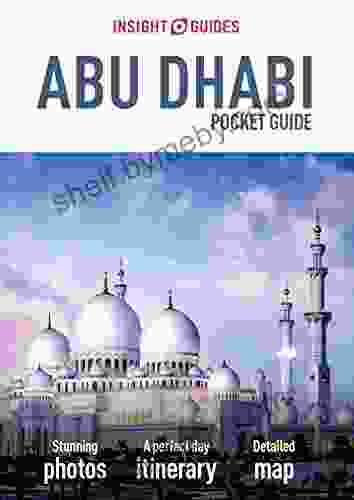
 Bo Cox
Bo CoxUncover the Enchanting Pearl of the Arabian Gulf: Insight...
Escape to the opulent...
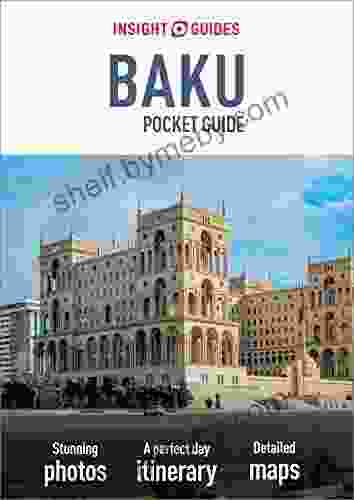
 Michael Crichton
Michael CrichtonInsight Guides Pocket Baku Travel Guide Ebook: Your...
An Enchanting Journey...
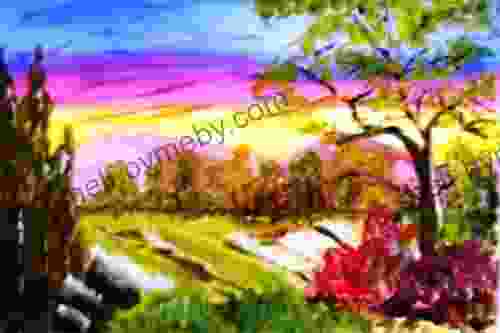
 Eugene Scott
Eugene ScottLearn to Paint Scenic Scenes: Unveil the Secrets of...
Step into the...

 Benji Powell
Benji PowellEmbark on a Culinary Adventure with "The Ultimate Sichuan...
Sichuan cuisine,...
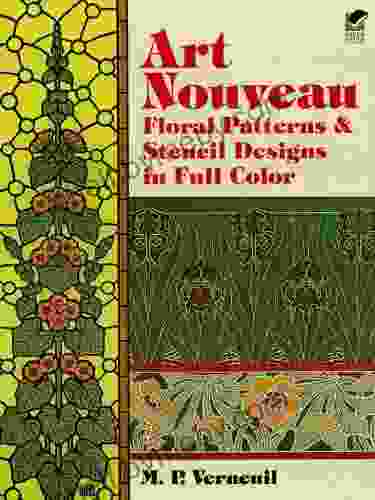
 Finn Cox
Finn CoxDiscover the Enchanting World of Art Nouveau: A...
Immerse yourself in the captivating beauty...
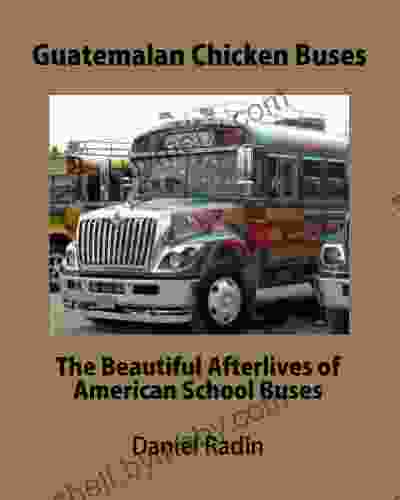
 Corey Green
Corey GreenUncover the Vibrant World of Guatemalan Chicken Buses: An...
Step into a world of vibrant colors,...
4.2 out of 5
| Language | : | English |
| File size | : | 380 KB |
| Text-to-Speech | : | Enabled |
| Screen Reader | : | Supported |
| Enhanced typesetting | : | Enabled |
| Word Wise | : | Enabled |
| Print length | : | 293 pages |
| Lending | : | Enabled |


